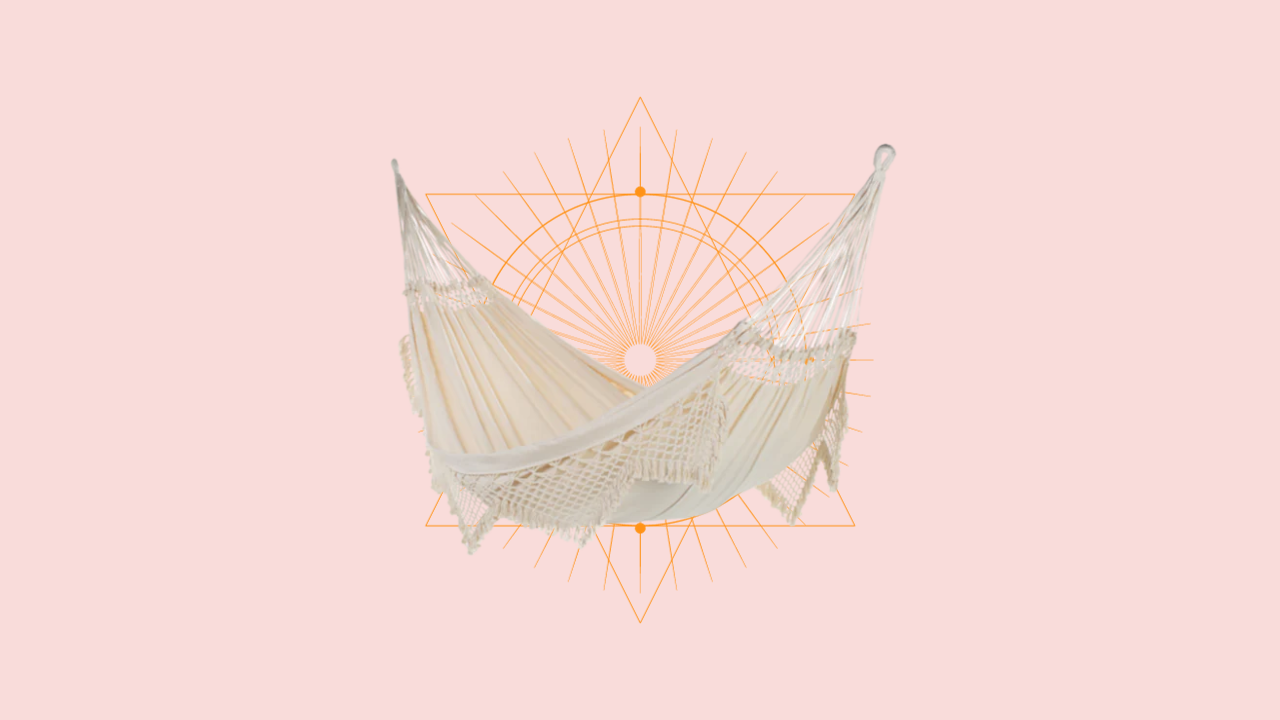Discover The Artistry And Heritage Of Pana's Craftsmanship, A Treasure That Reflects The Richness Of The Region.

Chamego Hammock. Design by Pana Textil.
Pana's Craftsmanship Is A Cultural Treasure That Reflects The Richness Of The Region.
Pana's craftsmanship has a captivating history, rooted in local traditions and a deep love for the craft. Skilled artisans have been bringing impressive creations to life for generations, passing down their skills and knowledge along the way.
The craft journey of Pana begins in the fertile and vibrant lands of the Ceará region in northeastern Brazil. Here, the carnauba tree, a symbol of the region, takes center stage. The carnauba tree, also known as the "tree of life," is sustainably used for various purposes, including crafting materials.
Over the years, Pana's craftsmanship has evolved to meet contemporary demands while maintaining its traditional essence. Artisans have learned to incorporate new influences and trends into their work, skillfully blending local traditions with a modern touch.
Pana's craftsmanship is renowned for its exquisite hammocks, meticulously crafted with great skill and precision. These hammocks are an integral part of the region's cultural heritage and are sought after for their comfort and beauty. Artisans pour their passion and creativity into each hammock, ensuring they are not only functional but visually stunning as well.

Artisan named "Nega" producing the details of the Solarium Hammock.
The Artisanal Creations Of Pana Textil Are A True Cultural Treasure, Reflecting The Heritage Passed Down Through Generations.
The artisanal tradition of Pana Textil is a testament to the rich cultural heritage and love for art passed down from generation to generation. The creations of Pana Textil not only showcase impressive technical skills but also embody cultural values and a passion for tradition.
An example of this tradition is the production of nets, a practice that dates back to indigenous people and has been passed down from mother to daughter over the years. Pana's crochet artisans put their unique skills and techniques into producing these nets, resulting in truly exclusive and handmade pieces. Every stitch and every detail carries with it the story and cultural heritage of the region.
This artisanal process involves dedication, patience, and deep respect for local traditions. The women who master these skills share their knowledge with younger generations, ensuring the preservation of these precious techniques and the continuous flourishing of textile art.
The appreciation of local craftsmanship not only supports the region's economy but also promotes sustainability and the preservation of cultural traditions. Pana Textil's handmade products are cherished for their distinctive design, exceptional quality, and authentic connection to the history and culture of the region.

Solarium Hammock. Design by Pana Textil.
The Dedication Of The Artisans Is The Starting Point For An Exceptional Quality Net.
The production of nets in Pana is a meticulous and passionate process, involving various steps that result in exceptional quality pieces. Each stage of this process, from the fabric to the final finishes, is carried out with skill and care by a team of at least nine artisans.
The first step in producing a net is creating the body, made of cotton fabric. This fabric is carefully woven on an electric loom, ensuring a solid and sturdy base for the net. Each thread is precisely placed, resulting in a uniform and durable fabric.

Once the net body is completed, we move on to the second step: creating the varanda. The varanda is the ruffled edge that sways on the net, and it is hand-knotted, knot by knot. The artisans dedicate themselves to bringing each detail to life, carefully tying knots to create a varanda that is both beautiful and functional.

In the third step, we have the attention to detail in creating the "Carel". The Carel is an important element of the net, and it is also handmade. The artisans work meticulously, paying attention to every detail, to create a Carel that complements the design of the net and adds a special touch of beauty and elegance.

Finally, we reach the fourth step: the mamucaba. This is the finish of the net's handle and is exclusively done with the hands and feet of the artisans. The mamucaba adds extra strength to the net, ensuring it can withstand everyday use and provide comfort and safety to its users.

Each step of the production of nets in Pana requires skill, patience, and dedication. The artisans work together, sharing knowledge and techniques, to create nets that are true works of art. These nets are more than just functional items - they represent a legacy of tradition, culture, and love for craftsmanship.
Jaguaruana Raw Hammock. Design by Pana Textil.


